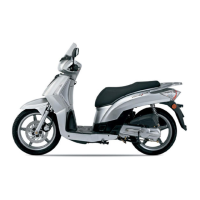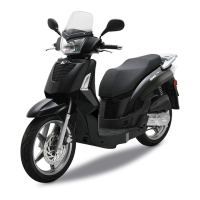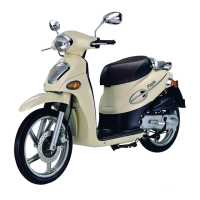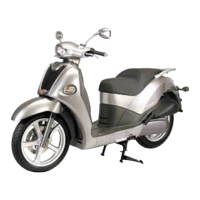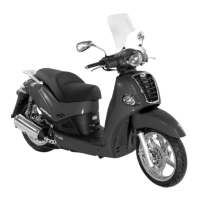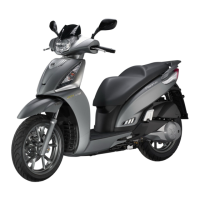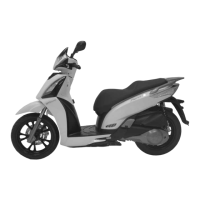What to do if my KYMCO PEOPLE S 50 engine will not start?
- IiedwardsJul 27, 2025
If your KYMCO Scooter engine won't start or is hard to start, begin by checking if fuel is reaching the carburetor. You can do this by loosening the drain screw. If fuel is not the issue, remove the spark plug, install it into the spark plug cap, and test for a spark by connecting it to the engine ground. As an additional step, test the cylinder compression.




